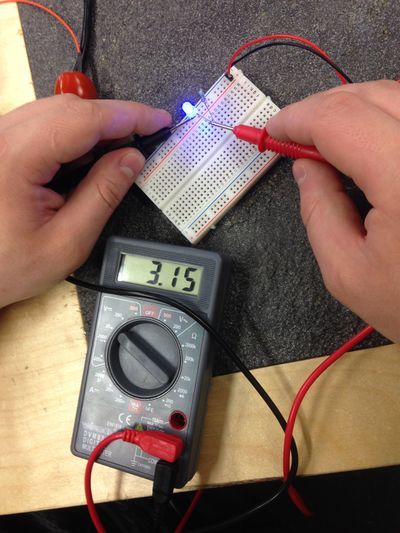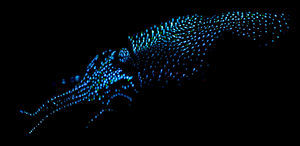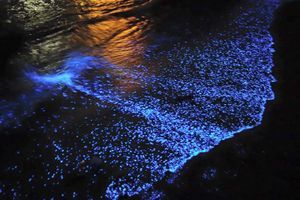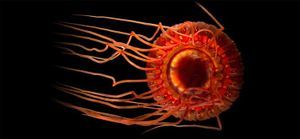Difference between revisions of "Light Radiation Jvdh"
| Line 34: | Line 34: | ||
[[File:strobe_2.gif|800px]] | [[File:strobe_2.gif|800px]] | ||
| + | |||
A strobe light flashing at the proper period can appear to freeze or reverse cyclical motion. | A strobe light flashing at the proper period can appear to freeze or reverse cyclical motion. | ||
Revision as of 18:29, 25 September 2016
Light Radiation
Workshop
Circuit
Research Light
Natural phenomena
Bioluminescent creatures
Light sky
Light Installations
Strobe Light
A strobe light flashing at the proper period can appear to freeze or reverse cyclical motion.
Special calibrated strobe lights, capable of flashing up to hundreds of times per second, are used in industry to stop the appearance of motion of rotating and other repetitively operating machinery and to measure, or adjust, the rotation speeds or cycle times. Since this stop is only apparent, a marked point on the rotating body will either appear to move backward or forward, or not move, depending on the frequency of the strobe-flash. If the flash occurs equal to the period of rotation (or evenly multiplied, i.e. 2*π*n/ω, where n is an integer and ω the angular frequency) the marked point will appear to not move. Any non integer flash setting will make the mark appear to move forward or backward, e.g. a slight increase of the flash frequency will make the point appear to move backward.
Strobe lighting has also been used to see the movements of the vocal cords in slow motion during speech, a procedure known as video-stroboscopy. A common use of a strobe flash is to optimize a car engine's efficiency at a certain rotational period by directing the strobe-light towards a mark on the flywheel on the engine's main axle. The strobe-light tool for such ignition timing is called a timing light.







